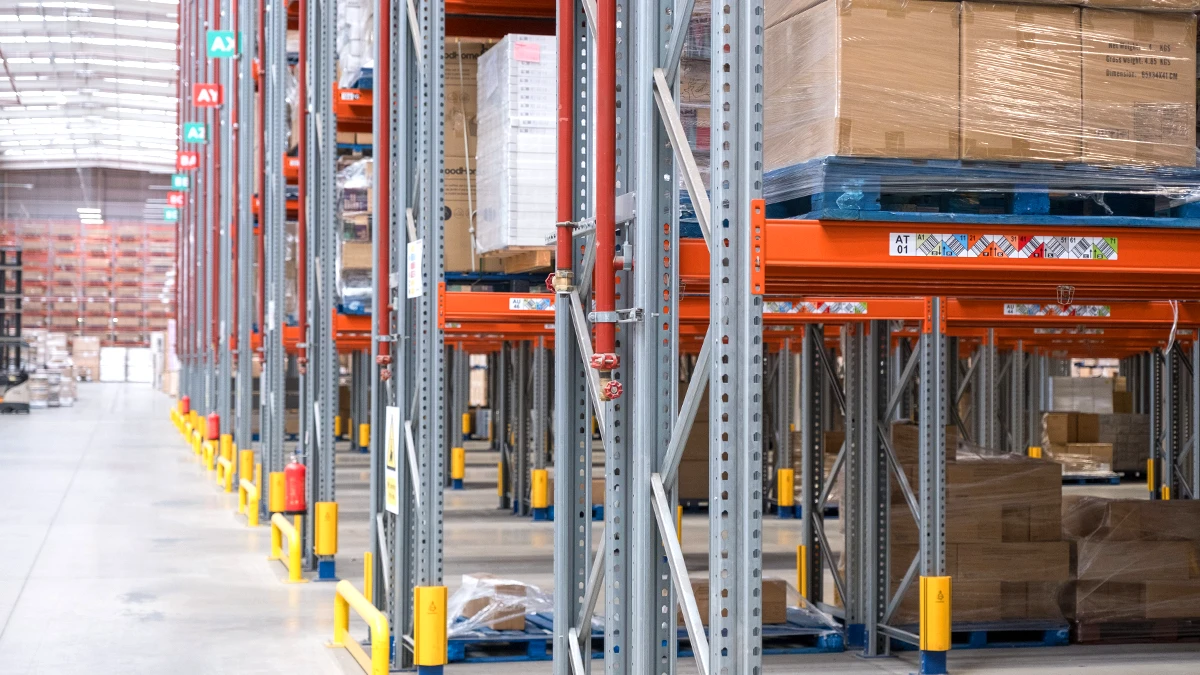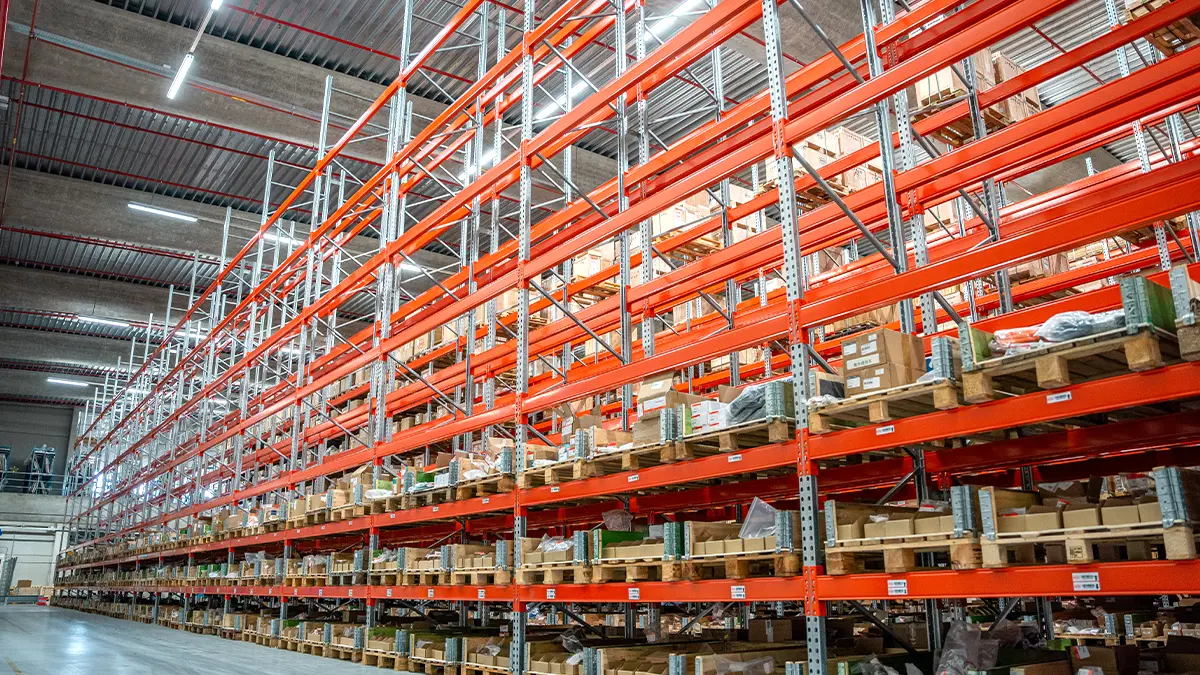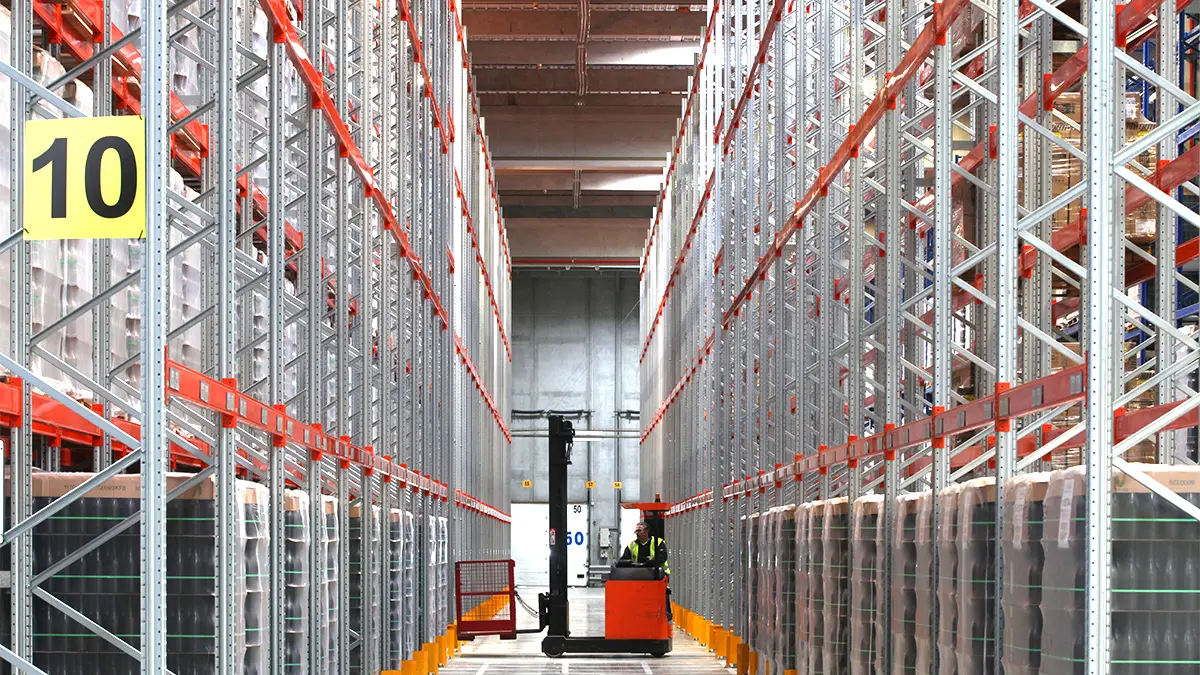In an increasingly interconnected world, companies face constant challenges to efficiently manage their supply chains. In this context, nearshoring in logistics has emerged as a key strategy for many organisations seeking to optimise their operations.
In this article, we will take a close look at the concept of nearshoring, compare it with other similar approaches, and analyse its advantages.
What is nearshoring?
Nearshoring is a method of outsourcing business services that involves subcontracting to companies located in foreign countries, but with geographical proximity. Normally with a similar time zone, to facilitate communication and obtain quick responses. This strategy allows the company to produce close to its target market, which in turn helps it to reduce costs.
For decades, outsourcing by companies has become increasingly common, and many organisations have moved part of their production to another part of the world, often to very distant places to save costs.
These days outsourcing tends to be closer, and is known as nearshoring.

Differences between offshoring and nearshoring
Offshoring is another way of outsourcing a company's services, but in this case to a distant country, to reduce production costs.
Offshoring may seem like the cheapest option initially, but in the long term physical distance can present significant challenges in terms of communication and coordination between teams. Besides which, cultural differences, legal and language barriers, as well as geopolitical aspects can hinder labour relations and affect productivity.
Nearshoring combines the cost-reduction benefits associated with offshoring, while facilitating communication and collaboration. By opting for nearshoring, companies can establish operations in geographically close countries, reducing operational costs while maintaining a proximity that facilitates real-time communication and effective collaboration between teams.
Applied to logistics, it refers to the practice of moving a company's logistics and supply chain operations to locations geographically closer to its target market compared to offshoring, where these operations are performed in foreign locations, often in countries with lower labour costs.
Reshoring: the opposite concept
Nearshoring and reshoring are opposite strategies in supply chain management, but both seek to optimise a company's operations in different ways.
While nearshoring involves moving production and logistics operations to locations geographically close to the target market, reshoring consists of repatriating these operations to the company's country of origin.
Nearshoring is adopted to reduce transportation costs, improve delivery times and increase the capacity to respond to demand, maintaining a competitive advantage in labour costs. On the other hand, reshoring is carried out to control product quality, reduce risks associated with global supply chains and increase consumer confidence in the origin of products.
In terms of costs, nearshoring can involve slightly higher labour costs compared to offshoring, but often results in significant savings in transportation and supply chain management. By contrast, reshoring often involves higher labour costs, but can generate savings in other areas and increase supply chain resilience by allowing greater control over operations.
In summary, while nearshoring seeks to find a balance between costs and geographical proximity, reshoring prioritises control of the supply chain.
The choice between the two depends on the specific needs and circumstances of each company.

Advantages of nearshoring
Bringing services and processes closer to bordering countries has some advantages:
Variety of suppliers
Increasing one’s business presence near borders offers the opportunity to diversify the supplier base, which can prevent potential supply chain setbacks. This territorial expansion not only increases the available options, but also facilitates more frequent contact with these suppliers.
Reduction in transportation time and costs
Being located in the same area, deliveries are faster and more efficient, which in turn reduces goods transportation costs. This geographical proximity not only has economic benefits, but also a positive impact on the environment by promoting the use of more sustainable and less polluting means of transport.
Extensive market knowledge
As both geographical distance and cultural differences are reduced, the task of adapting supply to demand and changing strategies as necessary becomes considerably easier. Geographical proximity and greater cultural affinity allow for smoother communication and a deeper understanding of the needs of the target market. This, in turn, streamlines the company's ability to adjust its products or services according to changing market demands and to adapt its business strategy more quickly and effectively.
Improved control of legal framework
Similarities in labour and trade regulations between nearby countries minimise potential obstacles during international expansion. This regulatory convergence simplifies the process of adapting to local regulations, since there are fewer legal differences to overcome.
Access to more talent
In regions with labour shortages, companies can hire workers from other countries to meet their labour needs. Additionally, the presence of multiple foreign companies in certain areas can lead to the formation of sectoral clusters, which in turn fosters the development of highly trained workforces.
Same time zone
The coordination of schedules between the factory and the local market simplifies the organisation and management of activities. This allows communications, such as phone calls or meetings, to take place more smoothly throughout the workday, facilitating interaction between all the parties involved.

Before deciding to outsource part of the production to a nearby foreign country, it is crucial to thoroughly check the existing resources in the country of origin. This involves carefully evaluating the capacity and availability of the human, financial and material resources necessary to maintain the quality and efficiency of internal production. Carrying out this detailed assessment allows you to identify possible areas for improvement, optimise internal processes and ensure that outsourcing is a strategic and well-informed decision.
At AR Racking we are experts in implementing intralogistics solutions for regional, central and combined warehouses with production centres.
Contact our team of experts to receive personalised advice and discover how we can optimise the efficiency and productivity of your company with our storage systems.




